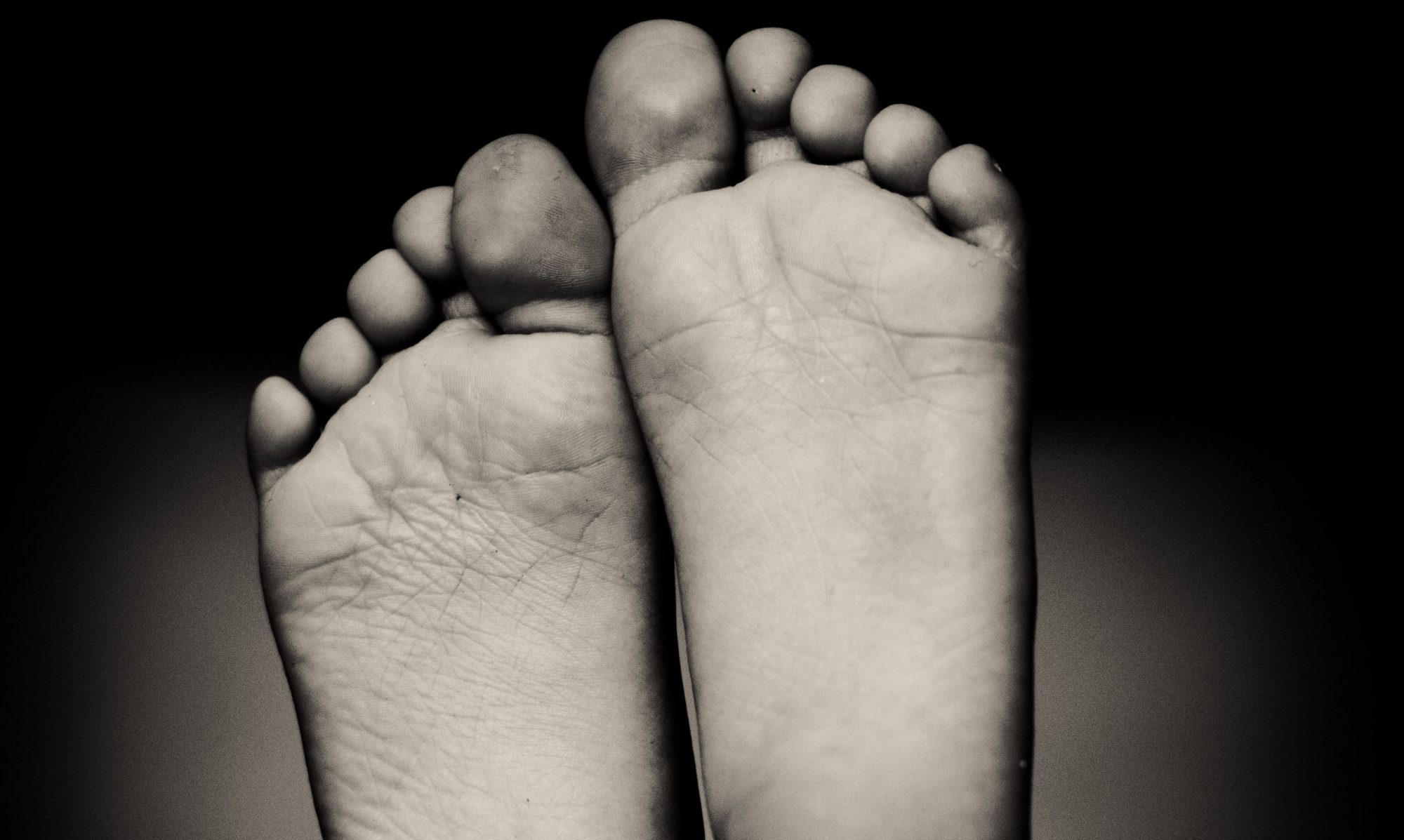What is a Bunion?
Problems with the big toe joint are the number one reason for orthopedic visits in north America
Bunions are a bone deformity that occur in approximately 1/3 of the population. The joint at the base and side of your big toe (metatarsophalangeal join) becomes enlarged and moves out of place. A bunion is an enlargement that causes friction and pressure as it rubs up against your footwear. Overtime, if left untreated, the big toe will angle in toward the other toes. It may also twist or rotate, or even move in towards the other toes. Hallus Valgus is when the enlargement overlaps a third toe.

Often, the skin over your toe becomes very tender and red and the skin on the bottom of your foot becomes thicker. Since your joint flexes with ever step you take, if left untreated, an enlarged bunion will cause more discomfort and pain. Everyday walking may become difficult and contribute to chronic pain due to the constant rubbing and friction of the enlargement with your footwear. Bunions are painful and can also lead to other deformities like hammertoe.
What Causes Bunions?
Bunions (Hallux valgus) are not inherited. The underlying biomechanical abdormalities, however are passed down. So family history is an important factor for the development of bunions. Footwear is a contributing factor but people who have never worn a closed shoe can also develop bunions (hallux valgus).
How to Treat a Bunion
The current theory is to control abnormal foot motion with orthotic therapy. You should also avoid footwear such as high heels and pointy shoes. These types of footwear hold your toes in the valgus position. We feel that orthotic management is beneficial at any stage of bunions, but the sooner you receive treatment, the better.
In 80% of cases of painful bunions, orthoses and footwear can relieve pain and allow you to resume your active lifestyle.
Click here to call the nearest Ottawa Foot Clinic and make an appointment. At your appointment, David will relieve the pressures and pain you are experiencing and will stop any progressive growth of your enlargement through a variety of treatment options including:
- protective padding eliminates the friction against footwear and helps alleviate inflammation and other skin problems.
- the removal of corns and calluses on the foot.
- Changing to carefully fitted footwear designed to accommodate the bunion and not contribute toward its growth.
- Orthotic devices—both over-the-counter and custom made—to help stabilize the joint and place the foot in the correct position for walking and standing.
- Exercises to maintain joint mobility and prevent stiffness or arthritis.

Surgical Treatment for Bunions
Depending on the size of the enlargement, misalignment of the toe, and pain experienced, conservative treatments may not be adequate to prevent progressive damage from bunions. Bunion surgery removes the bunion and realigns the toe.
Click these links to learn more about my specialties: Flat Feet, Ingrown Toenails, Morton’s Neuroma, Patellofemoral Pain Syndrome, Plantar Fasciitis, Custom Made Orthotics, Diabetic Chiropody.
